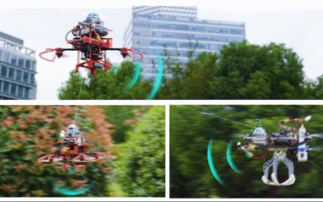New GPUs demand faster memory and interconnect technologies
Samsung, one of the world's biggest makers of memory chips, has confirmed that GDDR6 memory interface technology will be introduced in 2018, not next year as was widely expected. GDDR6 will offe...
To continue reading this article...
Join Computing
- Unlimited access to real-time news, analysis and opinion from the technology industry
- Receive important and breaking news in our daily newsletter
- Be the first to hear about our events and awards programmes
- Join live member only interviews with IT leaders at the ‘IT Lounge’; your chance to ask your burning tech questions and have them answered
- Access to the Computing Delta hub providing market intelligence and research
- Receive our members-only newsletter with exclusive opinion pieces from senior IT Leaders




















